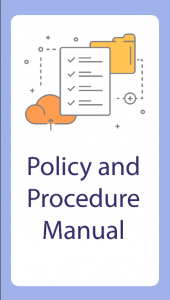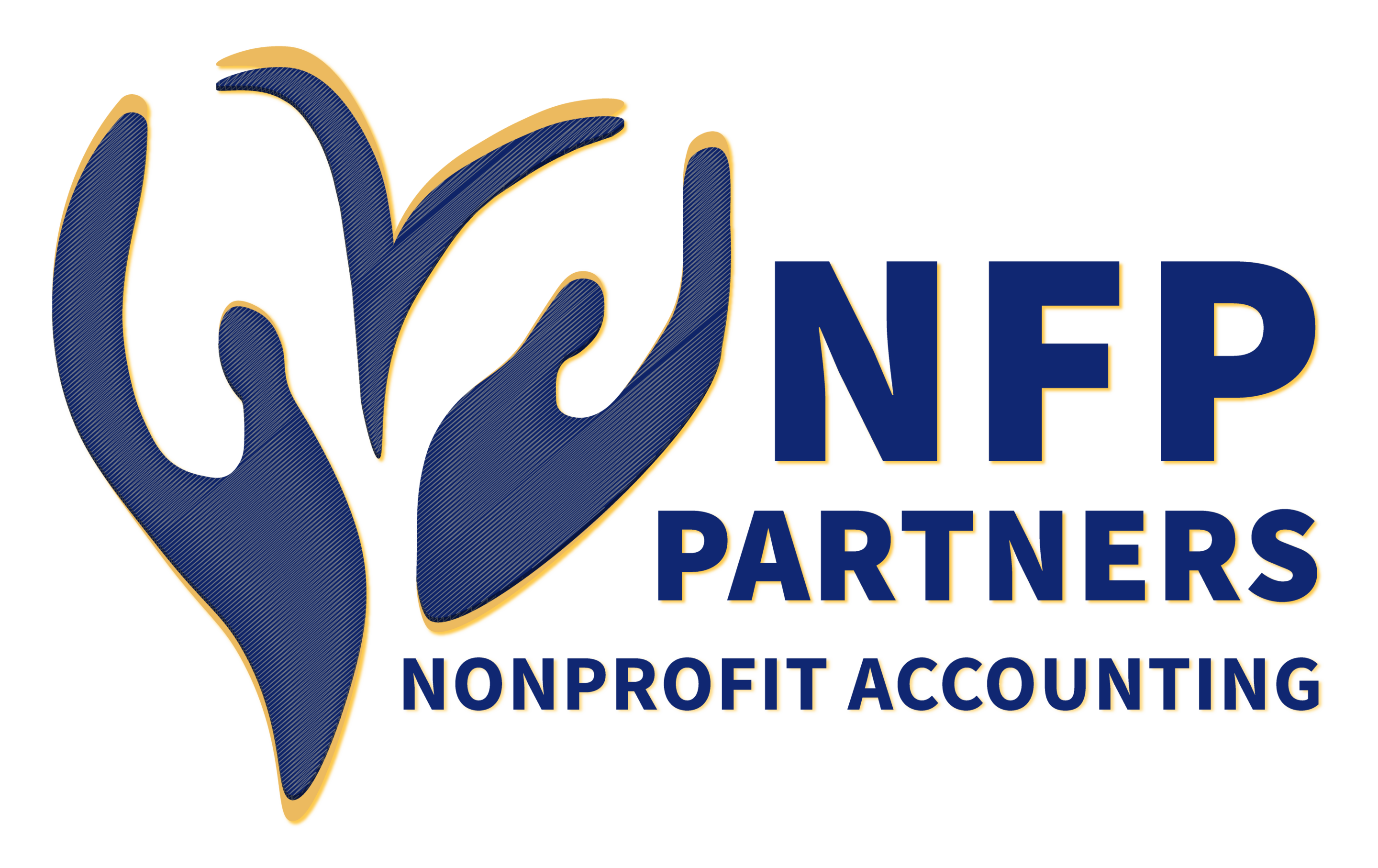Building Your Nonprofit’s Strong Leadership Model, Pt. 6

We continue our series looking at developing a strong financial leadership model. In this article, we will focus on operations.
We will talk about effective organizational policies for internal controls, how your nonprofit’s accounting software can improve operational efficiency, and reporting. Additionally, how can your organization calculate the true costs of programs and organizational administrative costs?
Defining your nonprofit’s internal controls
Do you think of your auditor when you hear the words “internal controls?” I know I do.
Your auditors aren’t there looking for solid internal controls to make your life miserable. Instead, they really are taking an outside perspective to ensure your organization’s assets are safe.
What are internal controls and why does your nonprofit need them? Internal controls are defined as policies and procedures that stand in place to prevent the misuse of funds for unauthorized purposes.
What internal controls does your nonprofit need?
Why is it important to have them? Internal controls should be in place to ensure all data is accurately recorded and to prevent fraud and loss.
Additionally, internal controls safeguards your nonprofit’s assets and encourage operational efficiency by reducing the duplication of work. Also, internal controls includes assuring adherence to management policies and funding requirements.
There are two things your organization needs in terms of internal controls:
- Solid policies and procedures document that is signed by all employees
- An internal control checklist that specific individuals adhere to during each process.
Accordingly, the internal control policies and procedures manual would include accounting policy type areas, both for accounting and non-accounting staff. Examples of policies and procedures include:
- How often to turn in credit card receipts
- How often to fill out time sheets and which staff approves them
- And how to submit for expense reimbursement and certain other areas of reporting.

Creating your nonprofit’s internal control checklist
Aside from the policy and procedure manual, an internal control checklist should be created. Certainly, this should include all aspects of transactional processes for things liked cash receipting, cash disbursements, and payroll. It should also include, in detail, how the individual assigned to the task is to properly handle those transactions in a manner that is ensuring the safeguarding of the organization’s assets.
Most importantly, internal control policies and checklists should address separation of duties. It is very important to set up a separation of duties as much as possible.
This can be especially tricky for smaller nonprofits that may only have a couple of employees. In this case, you may have an office manager and an executive director.
The easiest solution in this situation is to have the office manager perform the following:
- Open the mail
- Record the checks
- Take the money to the bank
- Complete the bank reconciliation at month end.
This scenario would result in a deficiency in your internal controls. Mostly because there is no one checking to see if the totals match.
If this is the case for your organization, we would encourage you to use an outsourced accounting firm as a monthly check. In the same way, your nonprofit could even use your Board treasurer, someone that can review and sign off on things each month.
Again, It’s important to make sure that one single person is not responsible for 100% of the processes without anyone checking the work.
For more articles on how your nonprofit can gain strong financial leadership, click here.
Happy controlling,
Laura Jorstad
Managing Principal
